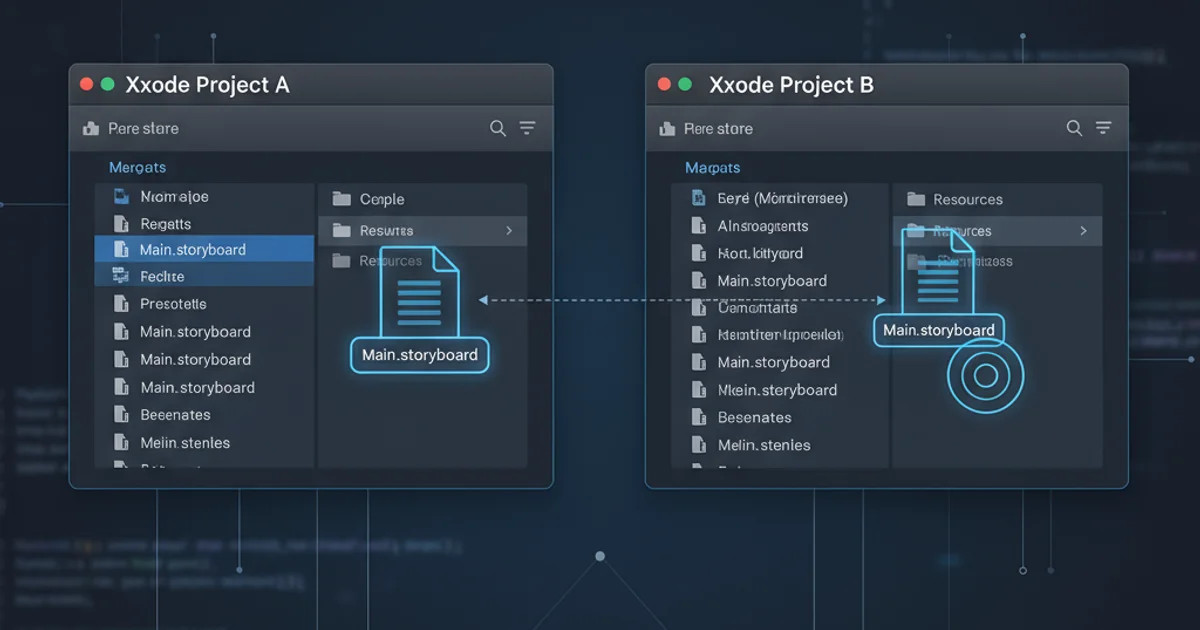Best way to remove an event handler in jQuery?
Categories:
Mastering Event Handler Removal in jQuery

Learn the most effective and robust methods for detaching event handlers in jQuery, ensuring clean code and preventing memory leaks.
Event handling is a cornerstone of interactive web development, and jQuery provides powerful tools for attaching and detaching events. However, improper removal of event handlers can lead to memory leaks, unexpected behavior, and performance issues, especially in single-page applications (SPAs) or long-running sessions. This article explores the best practices and various methods jQuery offers to effectively remove event handlers, ensuring your applications remain robust and efficient.
Understanding jQuery's .off() Method
The .off() method is jQuery's primary and most versatile tool for removing event handlers. It provides granular control, allowing you to remove specific handlers, all handlers of a certain type, or all handlers attached to an element. Understanding its various signatures is key to using it effectively.
flowchart TD
A[Start: Event Handler Attached] --> B{Need to Remove?}
B -- Yes --> C{Specific Handler?}
C -- Yes --> D[".off(event, selector, handler)"]
C -- No --> E{Specific Event Type?}
E -- Yes --> F[".off(event, selector)" or ".off(event)"]
E -- No --> G{All Events on Element?}
G -- Yes --> H[".off()"]
G -- No --> I[End: Handler Remains]
B -- No --> I
D --> J[End: Handler Removed]
F --> J
H --> JDecision flow for choosing the right .off() signature
Removing Specific Event Handlers
The most precise way to remove an event handler is to provide the exact function that was originally bound. This is crucial when you have multiple handlers of the same type on an element and only want to remove one of them.
function myClickHandler() {
console.log('Button clicked!');
}
// Attach the handler
$('#myButton').on('click', myClickHandler);
// Later, remove only this specific handler
$('#myButton').off('click', myClickHandler);
Removing a specific named function handler
.off() because each anonymous function is a unique object. If you bind an anonymous function, you'll need to remove all handlers of that type or use event namespaces.Removing Event Handlers by Type or Namespace
When you need to remove all handlers for a particular event type (e.g., all click handlers) or a group of handlers, jQuery's .off() method allows you to specify the event type or use event namespaces for more organized removal.
// Remove all click handlers from #myButton
$('#myButton').off('click');
// Using namespaces for targeted removal
$('#myButton').on('click.myNamespace', function() {
console.log('Namespaced click!');
});
$('#myButton').on('click.anotherNamespace', function() {
console.log('Another namespaced click!');
});
// Remove only handlers in 'myNamespace'
$('#myButton').off('click.myNamespace');
// Remove all handlers in 'anotherNamespace' regardless of event type
$('#myButton').off('.anotherNamespace');
Removing handlers by event type and using namespaces
Removing All Event Handlers from an Element
In scenarios where an element is being removed from the DOM or its functionality is completely changing, you might want to remove all event handlers attached to it. Calling .off() with no arguments on a jQuery object will achieve this.
// Attach various handlers
$('#myElement').on('click', function() { /* ... */ });
$('#myElement').on('mouseover', function() { /* ... */ });
// Remove all event handlers from #myElement
$('#myElement').off();
// When removing an element from the DOM, jQuery automatically cleans up its events
$('#myElement').remove(); // This implicitly calls .off() on the element and its descendants
Removing all handlers and implicit cleanup with .remove()
$(document).on('click', '.my-class', handler)), you must specify the selector in .off() to correctly remove the delegated handler: $(document).off('click', '.my-class', handler).